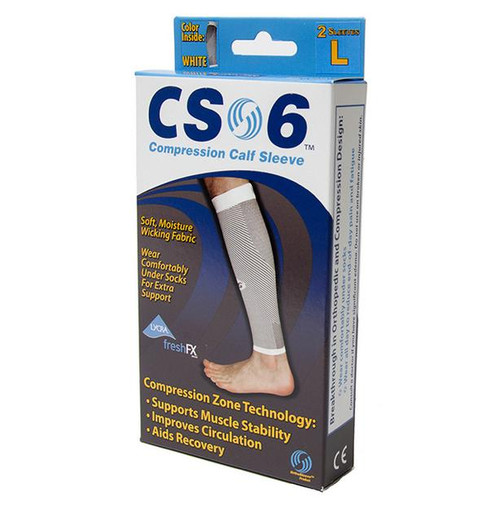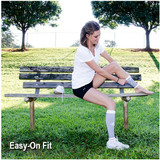
Learning about Foot/Leg Circulatory Increasing Compression Socks
There are many reasons why anybody would need to wear compression socks; however, its use has become more massive in recent years as health care professionals have gained a greater consciousness about some of the dangers of neglecting proper leg compression.
Understanding Compression Socks
Compression socks or compression stockings have been specially designed to cater for those special needs that may arise as a result of various health issues. Nonetheless, those who wear compression socks do so for two main reasons: to treat already existing health issues, or to prevent them from happening.
Compressions stockings come in several sizes, designs and uses. These are the broadest categories that help to define these products:
Various Length Compression Socks: Targeting different uses, compression stockings can be found from knee-length as high as thigh. The choice of length will vary according to medical advice and personal uses or needs; for example, physicians may recommend that patients wear them before, during and after a surgical procedure. Shorter models on the other hand, are optimal to provide patients with the necessary comfort during travel or while playing sports.
Different Levels of Compression: From light to strong pressure, these socks are available with the ultimate level of customization. This is the case of travel socks for instance. Traveling socks are designed to exert various levels of compression that are distributed throughout the leg. As a general rule, the strongest compression takes place in the ankles but is eventually lessened as the sock moves upwards, nearer the thighs.
Colorful Array: Not long ago, socks to improve circulation were available only in dark and little attractive colors. These days however, travel socks can be found in various colors that are not only more becoming, but are also easier to combine with your everyday outfits.
Why Wear Compression Socks?
Wearing these stockings can help to alleviate chronic aching and swelling, as well as prevent these symptoms in people who might be prone to developing any of the most common conditions that affect the limbs, such as varicose veins, spider veins, or any sort of circulatory condition that puts a person in risk of developing further fatal health issues, such as the formation of blood clots.
Even so, and as was mentioned earlier, compression socks can be worn at any time when prevention may deem it necessary; for example, after surgery, injury or during periods in which physical activity is limited. In fact, those who are looking for socks to improve circulation in their limbs will find in compression stockings the perfect solution for their quest.
Other occasions in which wearing compression stockings may be necessary are during long voyages or at work, especially for those who must be seated or inactive for long periods. Travel socks are a useful weapon to fight against excessive swelling and even cramping, particularly in patients who are already suffering from varicose veins or liquid retention.
How to Wear Compression Socks
Albeit relevant, high quality is not the only important issue when it comes to optimizing the benefits of wearing these stockings: knowing how to wear them is just as relevant.
Socks must be worn all day, especially if they are to be effective on a daily basis. Consequently, they should be put on in the morning and not be taken off until all activity is ended. Putting them on before you get out of bed is a wise choice, since it is at this time that the legs are the least swollen. All wrinkles and bends should be avoided. Similarly, overstretching is not good –knee-length socks should come about two fingers below the knee bend.
Finally, gone are the days when we thought compression socks were only for elder people with many health issues; in fact, there are many benefits for those who choose to trust their effects.
-


CS6 Compression Calf Circulation Sleeve - Pair
Price: $37.95
